Whats My Skin Type? Find out with the Fitzpatrick Test
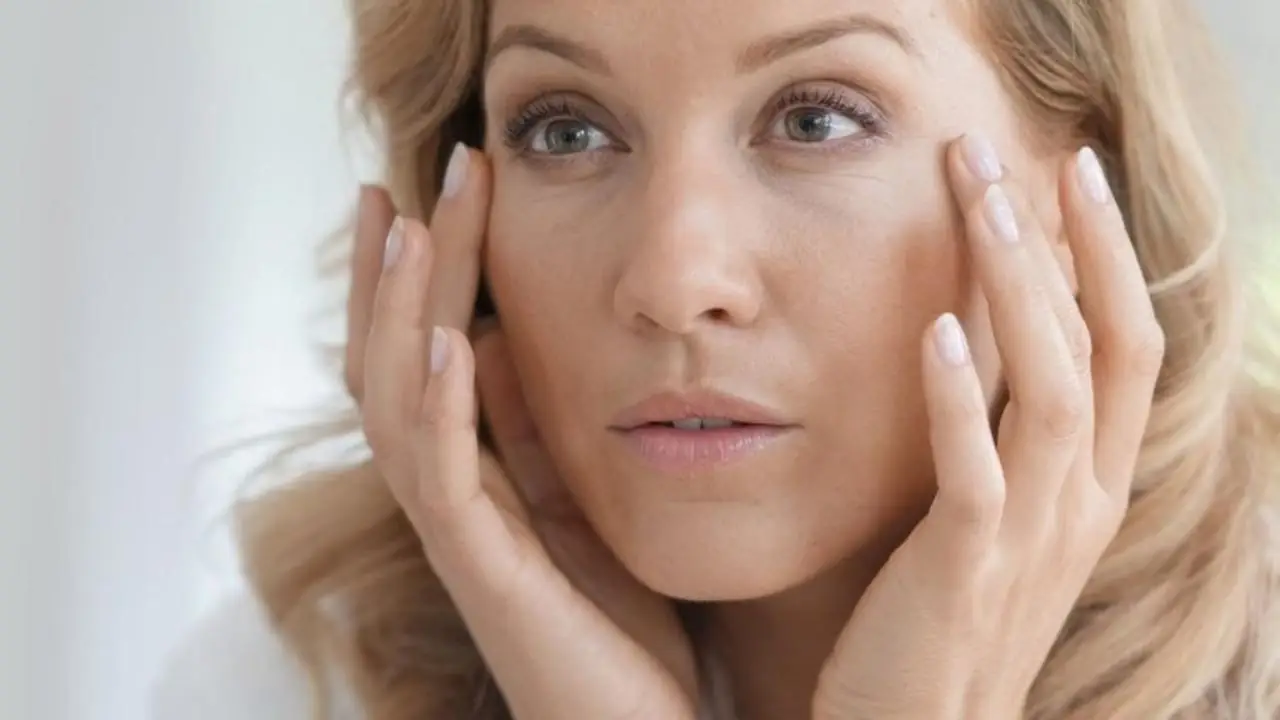
Are you often left wondering whats my skin type? Does it change from season to season, leaving you feeling confused about the best way to care for it? Don’t worry – we’ve got you covered! The Fitzpatrick test, especially when combined with other criteria, can help you determine your skin type and sensitivity to UV light.
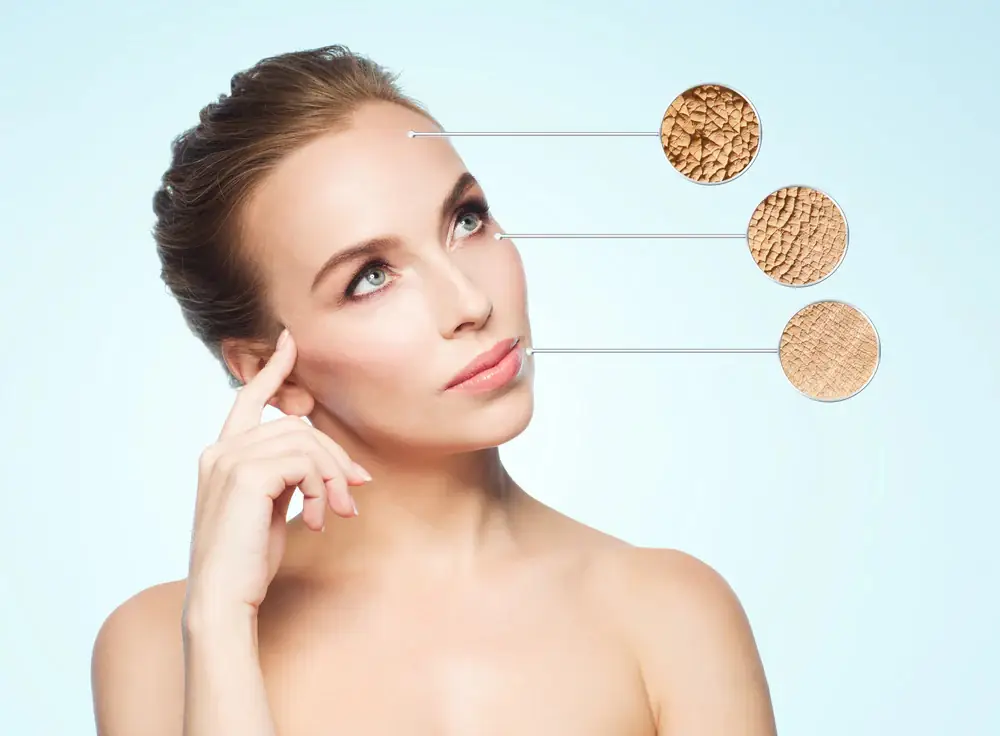
This test has been in use for several decades, from all the way back to 1975. All you need to do is answer a series of simple questions and tally up the score. It was designed to answer a simple question: how can we find your skin type? It will also assess how you react to UV light.
So if you’re ready to take control of your skincare routine and learn more about yourself along the way, then keep reading! We’ll walk you through everything you need to know about the Fitzpatrick test so that you can feel confident when deciding which products will work best for you.
Why Is It Important to Know Your Skin Type?
Knowing this information will allow you to better understand what ingredients and treatments work best with your individual needs.
For example, if you have dry skin, then you can take steps to avoid further dehydration. In this case, this would be removing harsh cleansers or irritating serums from your skincare routine. On the other hand, individuals with oily skin may need lighter moisturizers that won’t clog up their pores or cause breakouts.

With this knowledge, you’re able to properly nourish and protect your unique complexion — which is key for overall health!
The Three Basic Categories
The table below presents three basic categories that are distinct from the Fitzpatrick scale. While there may be an overlap in characteristics, the purpose is different. These three types are concerned with physical qualities instead of sensitivity to UV light.
| Number | Type | Description | Example |
| What is skin type 1? | Normal | Looks smooth with few visible pores; it doesn’t feel particularly tight or greasy after washing. | |
| What is skin type 2? | Dry | Appears duller due to fewer oil glands producing less sebum. This means dry complexions often have an uncomfortable feeling of tightness after cleansing. | |
| What is skin type 3 | Oily | Has enlarged pores that appear shiny throughout the day due to excess production of sebum from overactive oil glands. |
However, please note that any individual can have a combination of these types. It’s possible to have different types all over your body. For example, the skin on your face is quite different from the one on your back or your legs.

What Is the Fitzpatrick Test?
The Fitzpatrick test was developed by Thomas B. Fitzpatrick and published in 1975. It is a way to generate six categories from I-VI based on your responses. These classifications help identify various levels of sensitivity to sunlight, which can help users create appropriate skincare routines. It’s also useful if you’re worried about how long you can be safely exposed to UV rays.
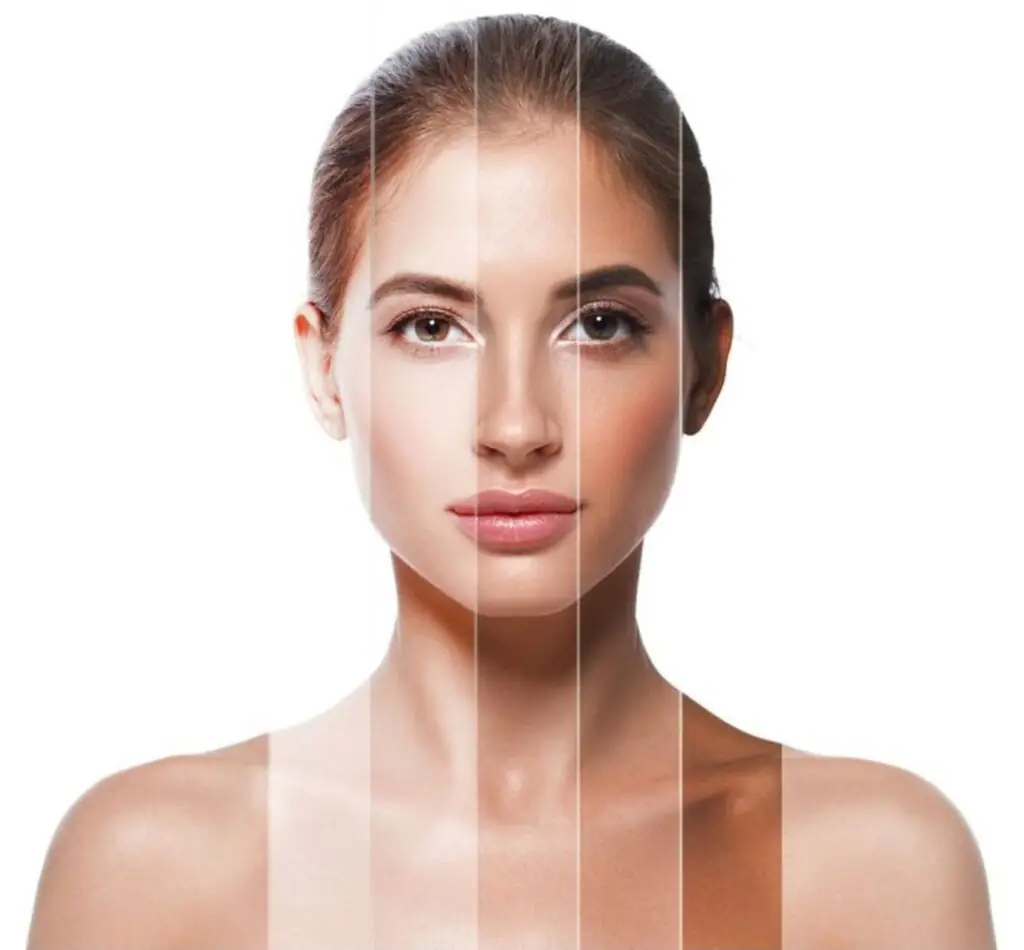
In order to complete the test, simply answer five questions about:
- Hair color;
- Eye color;
- Reaction to sunburns;
- Tanning habits;
- Other similar traits related to sun exposure.
The resulting score will tell you whether it’s pale Type I or dark Type VI, or anything in between.
What’s Your Skin Type According to the Fitzpatrick Test?
To save you time and make things easier, we’ve compiled the test into a handy table. All you need to do is take a screenshot and write on it with an easy-to-use image editing software like Paint. Alternatively, you can print out the sheet and do it manually. Each of the options has a number next to it. Choose whatever applies to you and mark it down.
| Questions | Score |
| Your eye color | Light blue, gray,green (0)Blue, gray or green (1)Blue (2)Dark Brown (3)Brownish Black (4) |
| Your hair color | Sandy red (0)Blonde (1)Chestnut/Dark Blonde (2)Dark brown (3)Black (4) |
| Your skin color | Reddish (0)Very Pale (1)Pale with a beige tint (2)Light brown (3)Dark brown (4) |
| Do you have freckles on unexposed areas? | Many (0)Several (1) Few (2)Incidental (3)None (4) |
| What happens when you stay in the sun too long? | Painful redness, blistering, peeling (0)Blistering followed by peeling (1)Burns sometimes followed by peeling (2)Rare burns (3)Never had burns (4) |
| To what degree do you turn brown? | Hardly or not at all (0)Light color tan (1)Reasonable tan (2)Tan very easily (3)Turn dark brown quickly (4) |
| Do you turn brown after several hours of sun exposure? | Never (0)Seldom (1)Sometimes (2)Often (3)Always (4) |
| How does your face react to the sun? | Very sensitive (0)Sensitive (1)Normal (2)Very resistant (3)Never had a problem (4) |
| When did you last expose your body to the sun or tanning booth/creams? | More than 3 months ago (0)2-3 months ago (1)12 months ago (2)Less than a month ago (3)Less than 2 weeks ago (4) |
| Do you expose yourself to the sun? | Never (0)Hardly ever (1)Sometimes (2)Often (3)Always (4) |
| Total Points |
However, if you’re not in the mood, you can also find different quizzes and tools online. Simply Google “what my skin type interactive quiz” and you should get many relevant results. We suggest printing out the table and really taking the time to think before you answer the questions. You can also note down your answers later if you carry the printed version around with you.
Once you have your score, consult the table below.
What Is My Skin Type Number?
| Quiz Score | Types (I-VI) |
| 0-7 | Type I |
| 8-16 | Type II |
| 17-25 | Type III |
| 25-30 | Type IV |
| Over 30 | Type V & Type VI |
The chart below provides additional information on how this score determines your reaction to UV radiation.
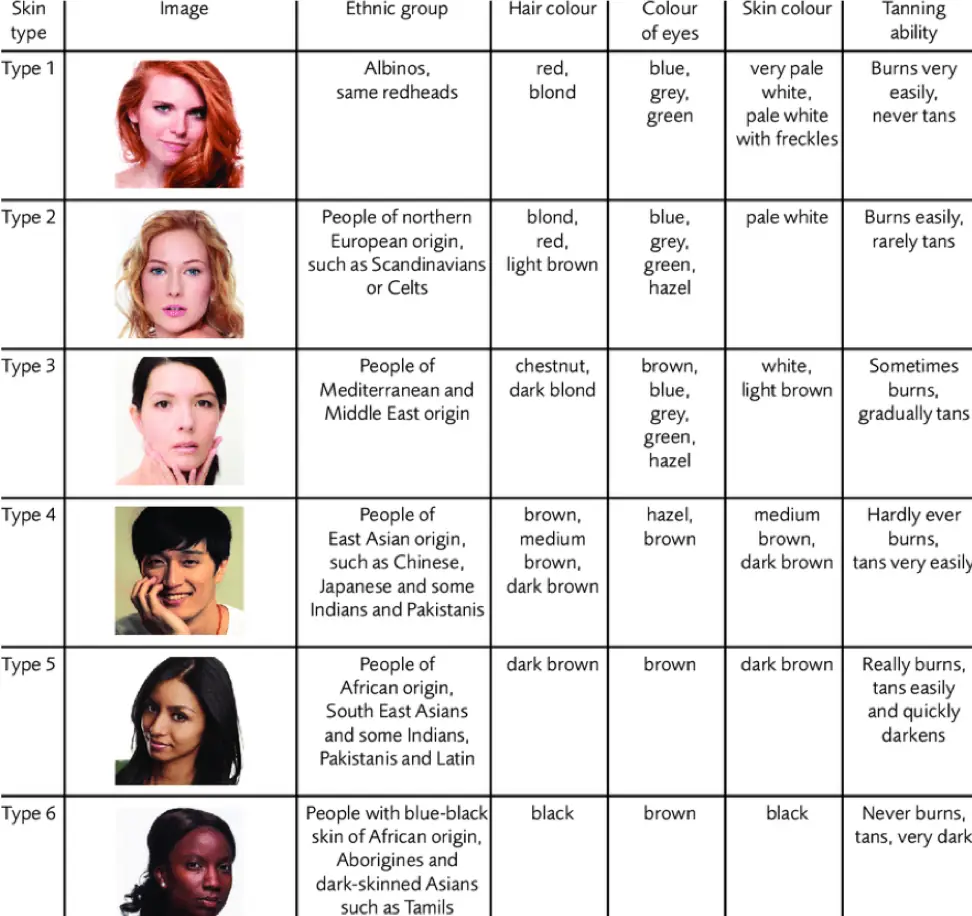
Limitations of the Fitzpatrick Test
The Fitzpatrick test is a great tool, but it carries certain limitations that you should know. Here are a few important points to consider.
1) Not Comprehensive
The test focuses on the response to UV radiation based on color. However, in reality, we know that many other factors also come into play. These include skin health, genetics, lifestyle, and environment.
2) Subjective
The test uses self-reported data and personal observations. This means it is limited by the accuracy of the responses given by the user. Individual differences in perception can throw off the results.
3) Limited accuracy
The test does not account for people across different skin classes having overlapping characteristics. A person with fair skin can also have oily skin or a mix of other qualities. This means the results are not comprehensive.
4) Inadequate for Certain Populations
The test is designed for people of European descent. It may give inaccurate results for people living in other regions.
5) Not Diagnostic
You cannot use it as a diagnostic tool. It is better to seek professional advice from a certified healthcare practitioner like a dermatologist. Do not base your treatment plans on the results you get from this test.
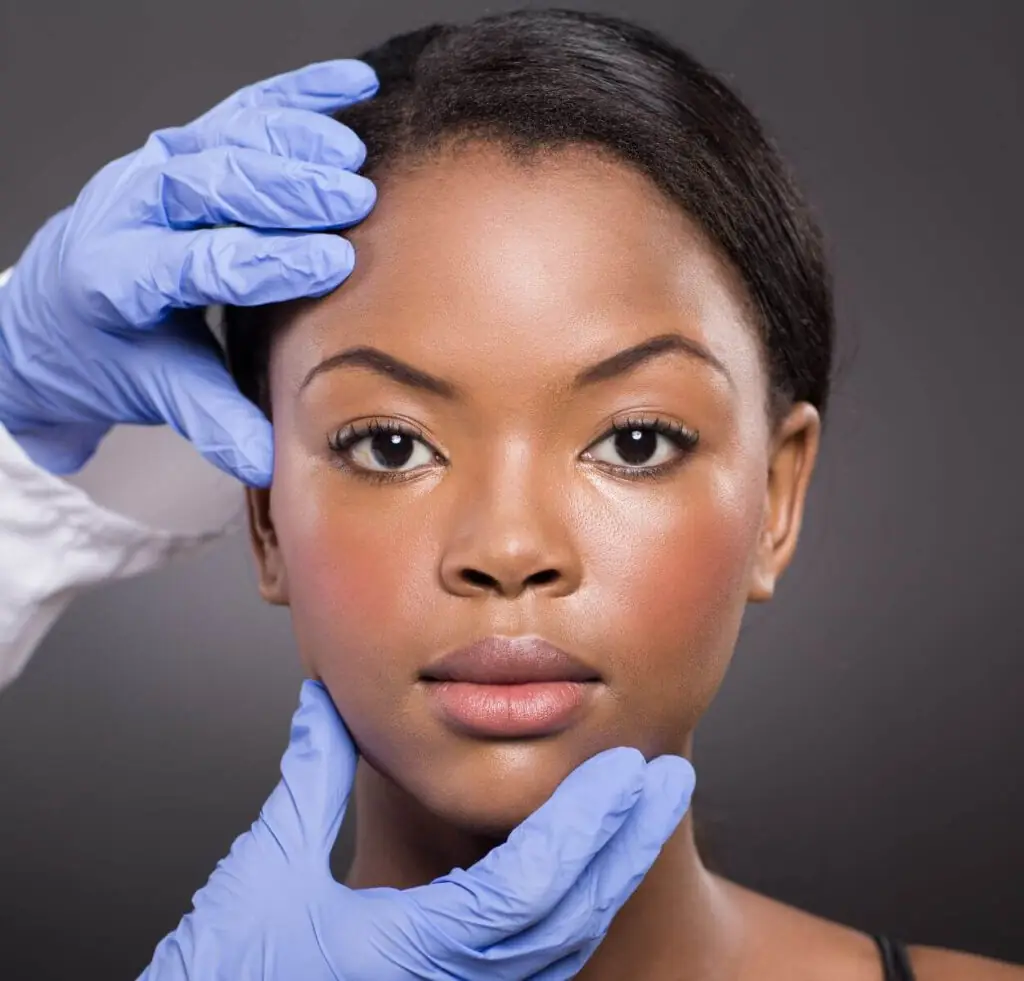
How Can I Know What Changes My Skin Type Is Going Through?
Some may find their natural type remains relatively consistent throughout life. Others may experience dramatic changes as they age due to hormonal shifts, lifestyle choices or even genetics. For example, someone with combination-type (both oily and dry) skin may develop entirely dry patches during menopause due to a decrease in estrogen levels.
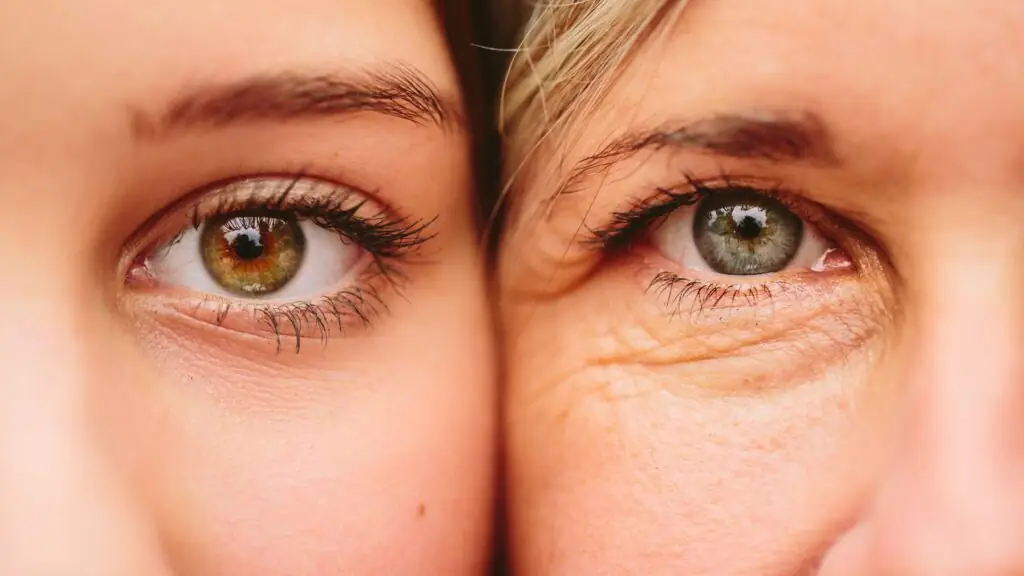
Similarly, those who spend much of their day outdoors without sun protection may see darkening in certain areas from excessive UV exposure.
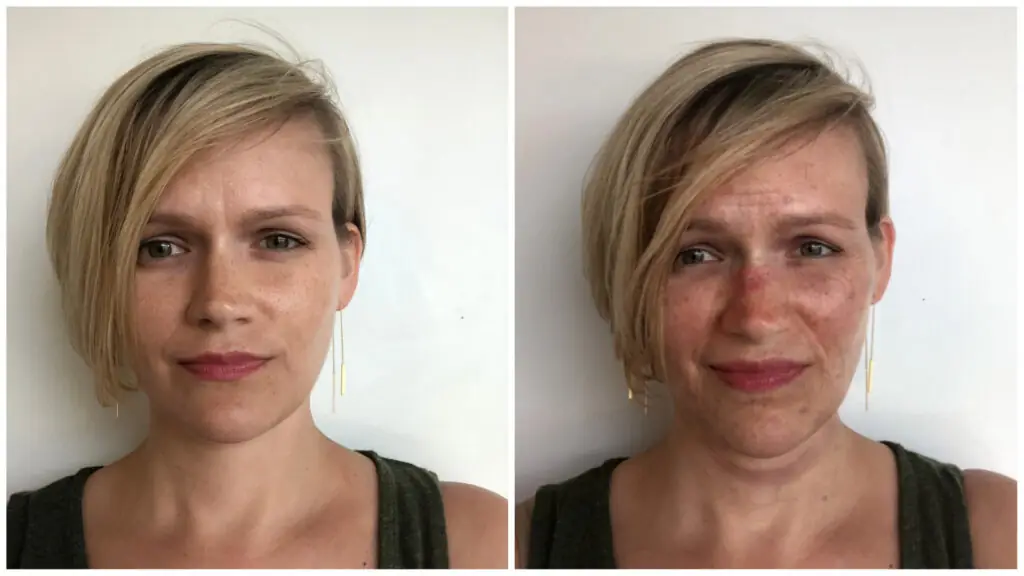
It’s essential to understand the current state of your skin so you can properly care for it going forward. If you want more accurate results, consider consulting a dermatologist for assistance. Doing this will help ensure you choose the right products tailored specifically to your individual needs.
Frequently Asked Questions
In this section you will find the answers to the most commonly asked questions about dermatological quizzes.
1. How to Tell What My Skin Type Is if the Fitzpatrick Test Fails?
If the test is inadequate for your needs, the best course is to consult a dermatologist. Online tools and quizzes can only give you an estimate. Plus, you likely lack the deep knowledge and understanding of a professional doctor. This will limit your ability to interpret the results as there may be additional contextual details you may fail to consider.

2. How Often Should I Take the Fitzpatrick Test?
First things first: don’t stress too much about taking this test as frequently as possible. Remember – everyone has different needs, and regularity may vary from person to person. Here’s a helpful list of factors that might influence how often you decide to retake the Fitzpatrick test:
1) How often do your hormones change? If they fluctuate significantly or if your hormone levels have recently changed (like during pregnancy or menopause), then it’s worth retaking the test every couple of months just in case.
2) Are any new environmental factors influencing your health? Depending on where you live, climate changes could affect you, which would mean regularly retesting throughout the year.
3) Have there been any recent changes in lifestyle or diet? Any drastic dietary shifts could cause a difference in sebum production, meaning it’s time for another test!
4) Do certain products seem to work better than others? If something isn’t quite sitting right with your current routine, then it might be worth checking back into the Fitzpatrick test again soon.
All these considerations aside, generally speaking, once every six months is a good benchmark. However, if none of these conditions apply to you or if nothing significant has occurred lately, then biannual testing should still suffice nicely!
Conclusion
Knowing “whats my skin type?” is the first step to learning what skincare routines and practices you need to lead a healthy life. By taking the Fitzpatrick test, you can get an idea of how you react to UV radiation. Once you know this vital information, you can make informed decisions on which products and treatments work best for your specific needs.

Your skin may change over time due to external factors such as aging and environmental conditions. So it’s important to always be aware of how your body is reacting and adjust accordingly. Knowing what works for your individual case will help keep your complexion looking its best year-round!